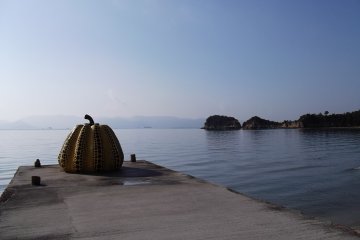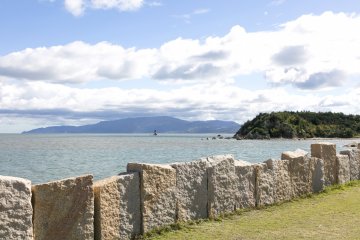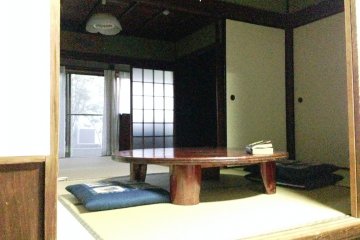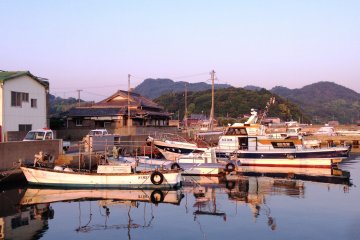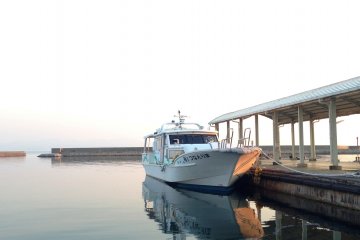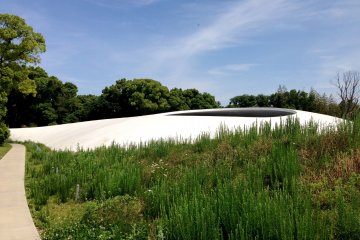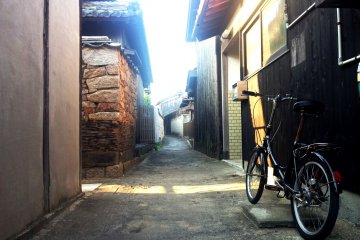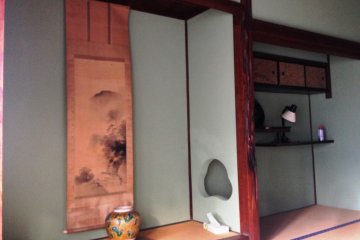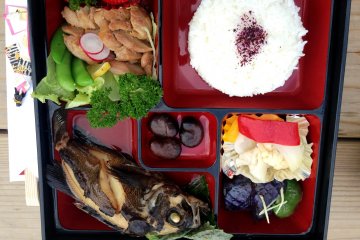It may be said that Teshima is one of Japan's more dangerous islands. That is, if you are a sparrow or mosquito. It is deadly quiet at night, except for the sound of various birds and cicadas. There are more cats moving around than cars. This is not saying much, for I didn't see even one car move at night. The most action I saw was when the ginger tabby awoke from its hibernation, jumping off one of the many golf cart-like mini trucks to hunt for a sparrow chirping on the ground. Far from the neon lights of the big cities, you can really see nature at play on Teshima.
The locals have an adept hand for catching these slow flying mosquitoes. Not that there are many of them either, but being so quiet you can hear them more distinctly. Then there is the Katori senko, the mosquito coils invented by the Japanese. It is a very dangerous island if you are a mosquito.
Teshima, along with Naoshima and Inujima, are three of the more artistic islands on the Seto Inland Sea, a busy shipping lane until the arrival of freight and bullet trains on the Sanyo line. This old style Japanese inn fronts what used to be the main street from the wharf to Ieura Village, its tracks bearing the weight of carts laded with produce from America, Asia and Europe. You can imagine the stories and history of this place, where guests and traveling workers stayed for generations. These days the thoroughfare bears the footsteps of artisans and their followers to the quirky Teshima Yokoo House art installation.
With its Mediterranean climate, it is no surprise there are three olive trees behind me in the courtyard and outdoor eating area. Each tree is five meters tall and together they make 15 kilograms of olives a year or 1.5 liters of olive oil in November. This place has that easy going feeling associated with camping or being in a home stay. You sit outside to have breakfast and dinner. The walls are paper thin. There are no locks, but the whole town is like one big home stay. After 8 pm the whole town goes to sleep, as if someone switched off the lights. You may feel like there is nothing to do, but there is. Old magazines lie in a neat pile on the bookshelf and classical music play gently in the tatami mat sitting area, and with just 6 guests tonight it feels like one big family. We all even ate our meals together on the communal table. The owner leaves us to ourselves at 8 am, like a father going to work, having got up just after dawn to make us a hearty but simple English breakfast of scrambled eggs, cereal and yogurt.
You can't help but wake up early here. The curtains are paper thin and lets the summer light at 430 a.m. There are water glimpses from my room, close enough to hear the fishing boats when they come in, but to say it has water views would be stretching the truth. So get up and take a minute’s stroll to watch the sunrise. All is still on the water, like a mirror to the dawn sky. It seems even the cat is asleep.




